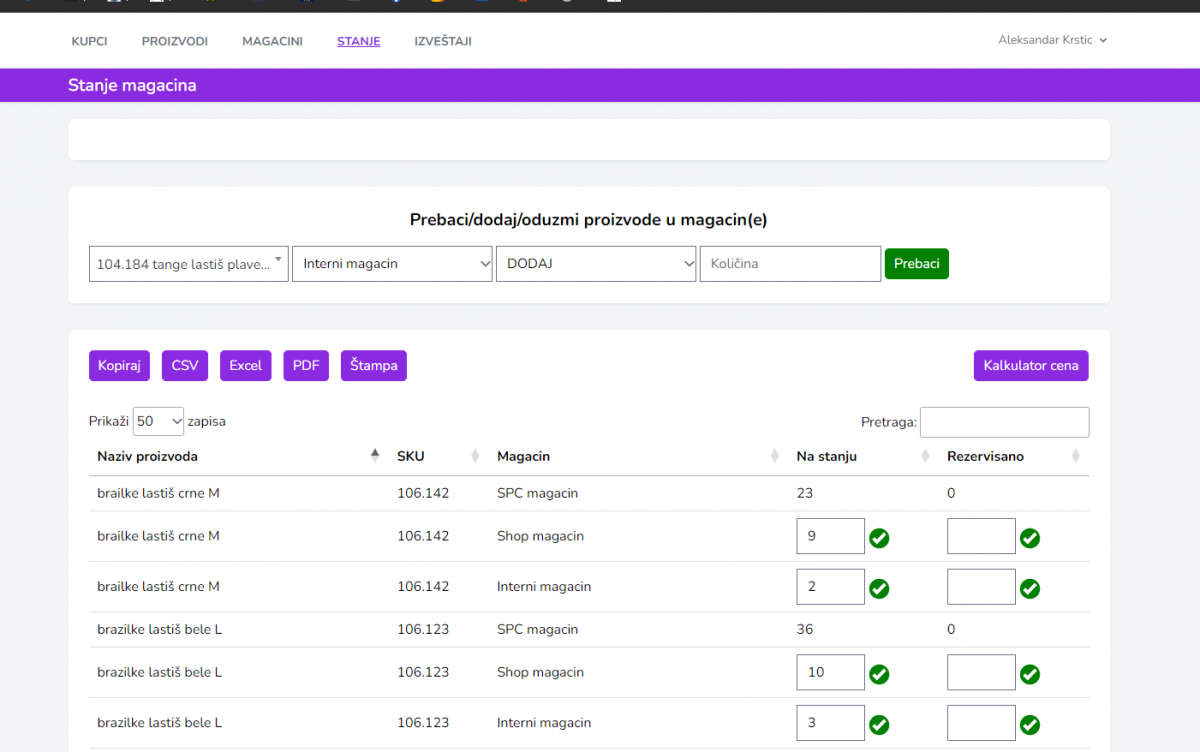Introduction:
In this blog post, I am thrilled to showcase a Laravel-based warehouse and stock management system that I developed, which utilizes external API integration. This project is developed for my client Pomirishi.rs This project required expertise in PHP, Laravel, and API integration, and how I can create robust and efficient solutions for businesses. Let’s dive into the details!
Project Overview:
For this project, I set out to build a comprehensive warehouse and stock management system using Laravel, a powerful PHP framework known for its elegant syntax and extensive feature set. The goal was to create a solution that would enable businesses to streamline their inventory management processes and synchronize data in real-time with external APIs.
Key Features:
1. User-friendly Interface: The system boasts an intuitive and user-friendly interface that allows users to navigate through the application effortlessly. It provides a seamless experience for managing products, tracking orders, and monitoring stock levels.
2. Inventory Management: The system offers robust inventory management capabilities, allowing users to add, edit, and delete products. It also supports categorization, enabling efficient organization and retrieval of product information.
3. Order Processing: Users can process orders efficiently, ensuring accurate order fulfillment and timely delivery. The system provides features for order tracking, status updates, and generating invoices.
4. Real-time Stock Updates: By integrating external APIs, the system keeps stock levels synchronized in real-time. This ensures accurate inventory tracking and prevents overselling or stockouts.
5. Reporting and Analytics: The system includes comprehensive reporting and analytics features that empower users to gain insights into sales trends, product performance, and inventory turnover. This data helps businesses make informed decisions and optimize their operations.
API Integration:
To enhance the functionality of the warehouse and stock management system, I integrated external APIs for seamless data synchronization. These APIs include popular inventory management systems, order tracking providers, and stock update services. By leveraging these APIs, the system achieves real-time data exchange, ensuring accurate and up-to-date information across platforms.
Challenges and Solutions:
During the development process, I encountered several challenges, such as handling API authentication, managing data inconsistencies, and ensuring system reliability. To overcome these challenges, I implemented robust error handling mechanisms, data validation techniques, and implemented a thorough testing process to ensure the system’s stability and performance.





